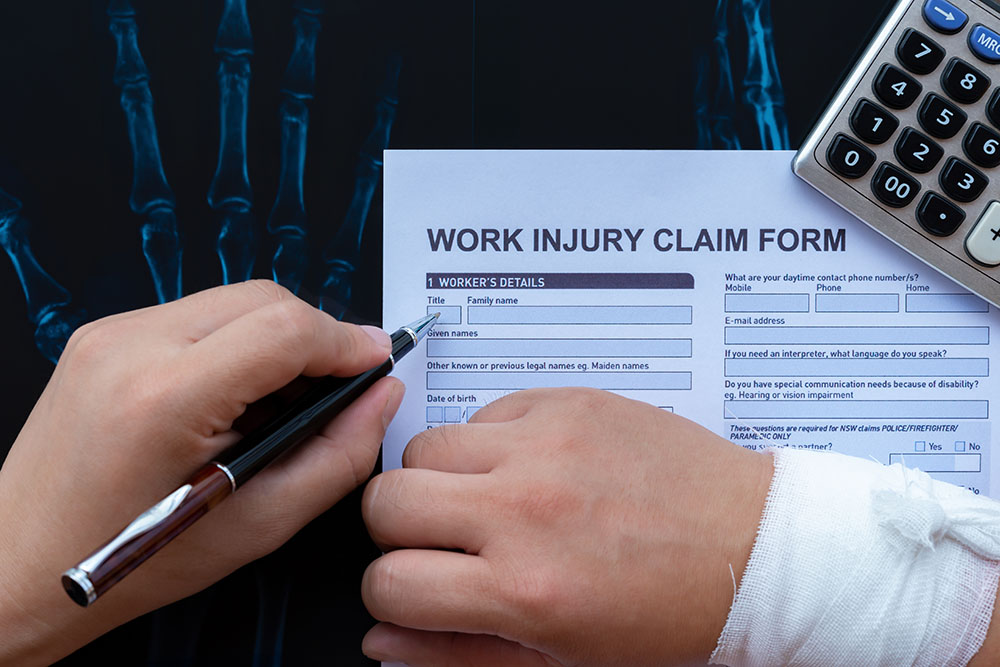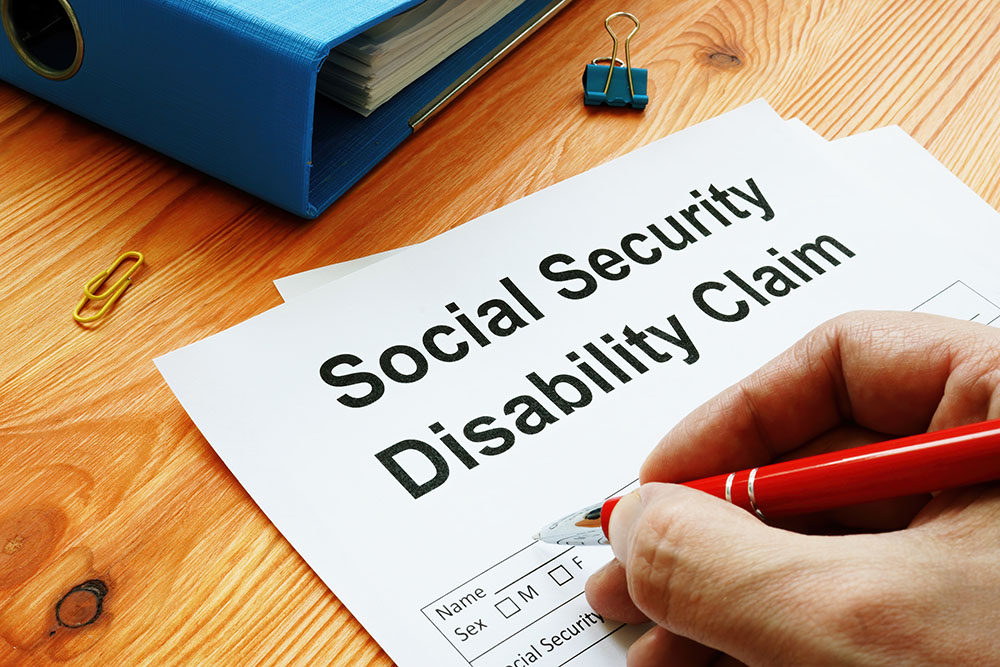Stevens-Johnson Syndrome, often referred to as SJS, is a rare but serious condition that affects the skin and mucous membranes. When it strikes, it can cause painful skin rashes, blisters, and flu-like symptoms. Imagine waking up one day with what feels like the worst flu you’ve ever had, only to notice your skin breaking out in painful patches. This is the harsh reality for those who suffer from SJS. Long hospital stays and intensive care are sometimes necessary, making it a challenging journey for anyone facing it.
While the onset of SJS can be frightening, understanding the steps to recovery can make a significant difference. It’s not just about treating the symptoms but also about rebuilding one’s life afterward. Recovery involves various physical and emotional aspects, and knowing what to expect can help ease the journey. This article will guide you through the steps necessary to regain control and health after an SJS diagnosis.
Understanding the Initial Diagnosis
Recognizing the symptoms of SJS early can be vital in managing the condition effectively. Initially, individuals might experience flu-like symptoms, such as fever, sore throat, and fatigue. These are often followed by painful red or purplish patches on the skin that can spread rapidly. If any of these symptoms appear, seeking medical attention is crucial as early intervention can prevent the condition from worsening.
Once at the hospital, doctors will conduct a thorough evaluation to confirm an SJS diagnosis. This process typically involves reviewing the patient’s medical history and performing various tests. Skin biopsies can be taken to understand the level of skin damage, and blood tests might be conducted to identify the underlying cause, which is often a reaction to medication.
Immediate treatment options are focused on stopping the underlying cause and managing symptoms. Doctors usually recommend discontinuing any suspected medications immediately. Patients might also receive fluids to prevent dehydration, and specialized wound care is often necessary to treat and protect the affected skin. In severe cases, intensive care or treatment in a burns unit might be required due to the extensive skin damage associated with SJS. Early intervention and tailored care plans not only help in managing symptoms but also pave the way for a smoother recovery journey.
Medical Treatments and Interventions
After the initial steps in managing Stevens-Johnson Syndrome, understanding the various treatments and interventions can help smooth the recovery process. Common medical treatments typically focus on relieving symptoms and encouraging healing. This might include medications to reduce inflammation and prevent infection. Patients often receive sterile bandages and specialized lotions which can soothe and protect the skin as it heals.
Follow-up visits are a key component of the recovery plan. Regular check-ups help ensure that any complications are detected early. Monitoring the skin’s healing and watching for signs of infection or recurrence are vital during these visits. They allow doctors to make any needed adjustments to treatment plans on time.
Awareness of potential complications plays a crucial role in managing SJS effectively. Complications might include damage to internal organs, long-term skin problems, or eye issues. By understanding these risks, patients and their families can promptly recognize symptoms and seek intervention. Working closely with healthcare professionals for continuous care ensures the path to recovery remains steady and as smooth as possible.
Emotional and Psychological Support
Recovering from SJS often requires emotional and psychological support alongside physical care. The sudden onset and severe symptoms can leave lasting emotional effects. Recognizing the importance of mental health is a step many people tend to overlook in the recovery process. Seeking support from mental health professionals can provide valuable coping strategies and emotional relief.
In Wilmington, NC, various counseling and support groups offer help to those affected by SJS. These groups provide a sense of community and understanding, where sharing experiences can be therapeutic. Participating in group sessions often brings comfort and insights from others who have undergone similar challenges.
For individuals recovering from SJS, some self-care tips might include:
– Engaging in regular relaxation exercises like meditation or yoga to reduce stress.
– Journaling feelings to process emotions and track progress.
– Maintaining open communication with loved ones for support and encouragement.
By incorporating these into daily routines, individuals can better manage the emotional aftermath of SJS, making the road to recovery less daunting.
Lifestyle Adjustments and Long-Term Care
Long-term management of SJS does not end with treatment at the hospital; it often requires lifestyle changes to maintain health and prevent recurrence. Dietary adjustments might be necessary to support the healing process, such as eating a balanced diet rich in vitamins and minerals to promote skin health.
Skin and eye care play an important role in managing long-term effects. Patients should use gentle skincare products and protect their eyes with suitable eyewear. Regular visits to dermatologists and ophthalmologists can also help monitor and address any lingering issues stemming from the syndrome.
Finally, developing strategies to manage after-effects, such as chronic fatigue or skin sensitivity, can enhance quality of life. Simple steps like pacing activities to avoid overexertion or using protective clothing to shield sensitive skin can make everyday life more manageable. By investing time and effort into these adjustments, individuals can enjoy a healthier, steadier path forward.
Closing Thoughts
Recovering from Stevens-Johnson Syndrome is a journey that touches many aspects of a person’s life, calling for both physical and emotional strength. With the right medical care, mental health support, and lifestyle changes, individuals can work toward regaining their well-being. While the road ahead can be long, understanding and anticipating the steps involved in recovery might ease the burden.
Embracing support from loved ones and professionals alike can make all the difference. The road to recovery is not one that has to be walked alone. With care and encouragement, individuals can take proactive steps to restore their health and build resilience for the future.
To ensure you’re fully supported on your path to better health after dealing with Stevens-Johnson Syndrome, reach out for the right guidance. Discover how Greg Jones Law, P.A. can assist you with the legal aspects of your recovery and help address any challenges you may face along the way. Learn more about SJS recovery and get the support you need.




